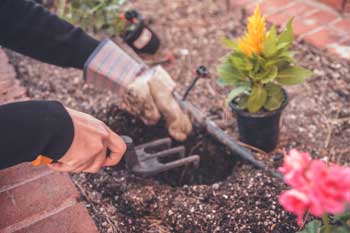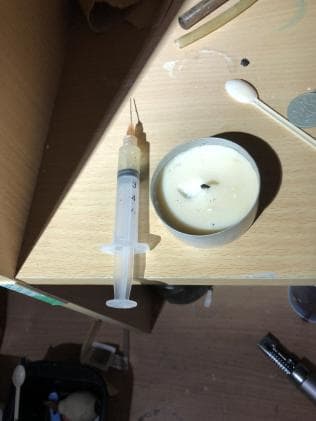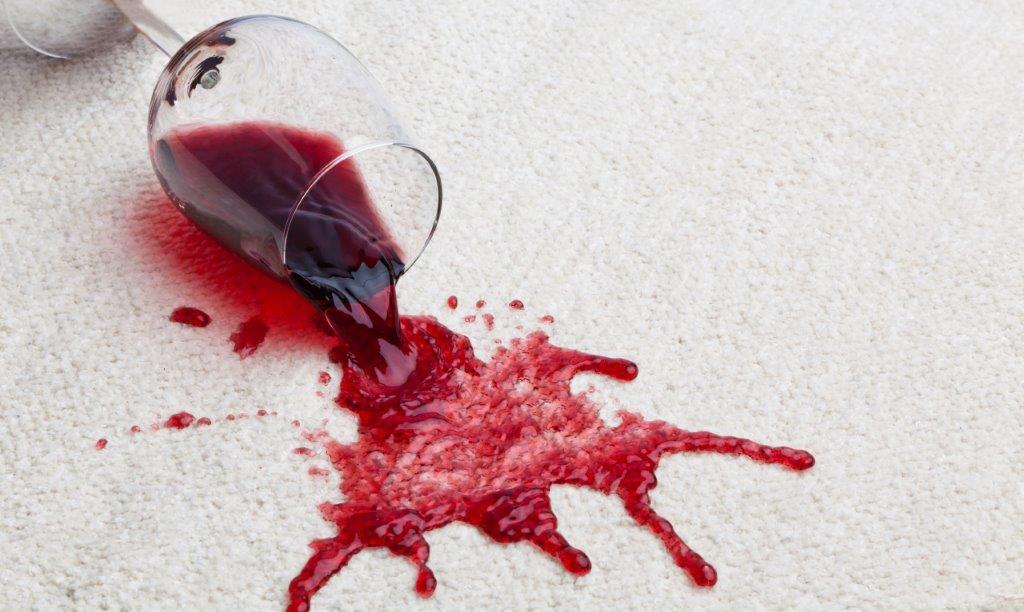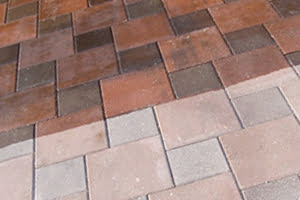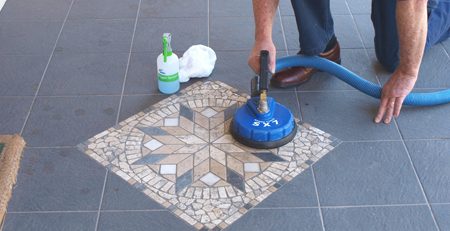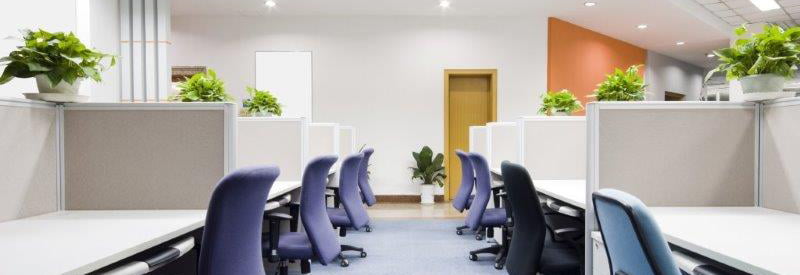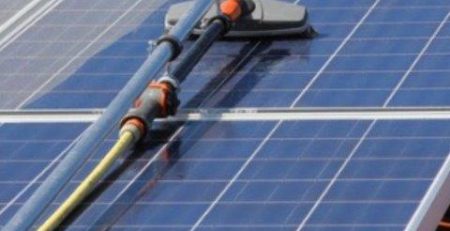5 Most Common Tile And Grout Problems
Clean tiled surfaces are an integral part to maintaining a safe and healthy home or office space. Kitchens and bathrooms in particular, have tiled surfaces that are the perfect breeding grounds for fungus, mould and other tile-related problems. These germs can in turn, cause a variety of contagious infections such as the common cold, flu and enteritis.
Here are 5 of the most common tile and grout problems and what you can do to fix them.
 1) White Residue And Stains On Tiles
1) White Residue And Stains On Tiles
White residue or stains on tiles can be a common occurrence. This is a result of water penetrating underneath tiles and the minerals in the water crystallising. This process is also known as Efflorescence.
Efflorescence is generally a porous tile issue, however, clusters of crystals can often appear on grout joints due to grout being a highly porous substance. A tile and grout specialist can identify and resolve the source of efflorescence. Removal of the unpleasant white residue and stains can be a costly and time consuming endeavour, which is why it’s a good idea to get the help of experts immediately. Using the wrong products with a DIY treatment on tiles and grout can possibly lead to more issues instead.
2) Hollow Tiles
Hollow or loose tiles often occur when tile adhesive isn’t bonding the tiles to the wall or floor. This is usually an installation issue when there are gaps where adhesive is missing, under the tiles.
Hollow tiles will eventually break, crack or lift from the surface and can be resolved through a tile repair specialist injecting adhesive under the tiles. In most cases however, the only solution to this problem is to re-tile.
 3) Milky Or Cloudy Tile Surface
3) Milky Or Cloudy Tile Surface
A milky or cloudy tile surface can be an indication that the wrong cleaning product has been used for a certain tile type. Be sure to call a professional tile and grout cleaner immediately for cases like this. A professional cleaner will use the correct product and process in cleaning tiles, while providing proper advice on products that you can use.
4) Mould
The shower and bathroom offers the ideal environment for mould to grow, making it the most common tile problem. This is due to wet and highly humid areas with poor ventilation, making them a breeding ground for mould. What’s more, soap residue and body oils also create a food source that encourages mould growth.
Once mould growth in porous grout joints occur, no amount of scrubbing can get rid of it. Using chemicals also does not get rid of mould and will just eat away at the grout which can just cause more damage.
Mould in shower and bathroom tiles is often caused by a leak. A small hole in grout or cracks in the shower corners can rapidly lead to water build-up and mould ingress. In this case, it’s best to call a leak detection or bathroom cleaning specialist to identify and analyse the cause of mould before proceeding to remove it.
 5) Stained, Dirty Tiles And Grout
5) Stained, Dirty Tiles And Grout
Stained or dirty grout is actually often caused by the cleaning process. This is due to grout joints sitting lower than the tiles, pushing dirt and other contaminants into grout joints when scrubbing or mopping tiles. It’s important to always use professional maintenance services to keep them looking new, while regularly mopping with a clean mop, in between professional cleans.
Grout is porous, meaning it can stain instantly and often permanently. The same can be said of tiles. Textured tiles will often retain dirt particles in the surface of the tiles. In cases like this, correct cleaning products and processes applied by expert tile and grout cleaners can assist in resolving the issues.
If you’re looking for professional tile cleaning in Adelaide, look no further than O’Shea’s. We are Adelaide’s trusted full-scale commercial & residential cleaning services with decades of experience. We take pride in providing quality services with excellent customer support. Contact us today to find out more about our one-stop shop for all your residential and office cleaning requirements.


 08 83555727
08 83555727